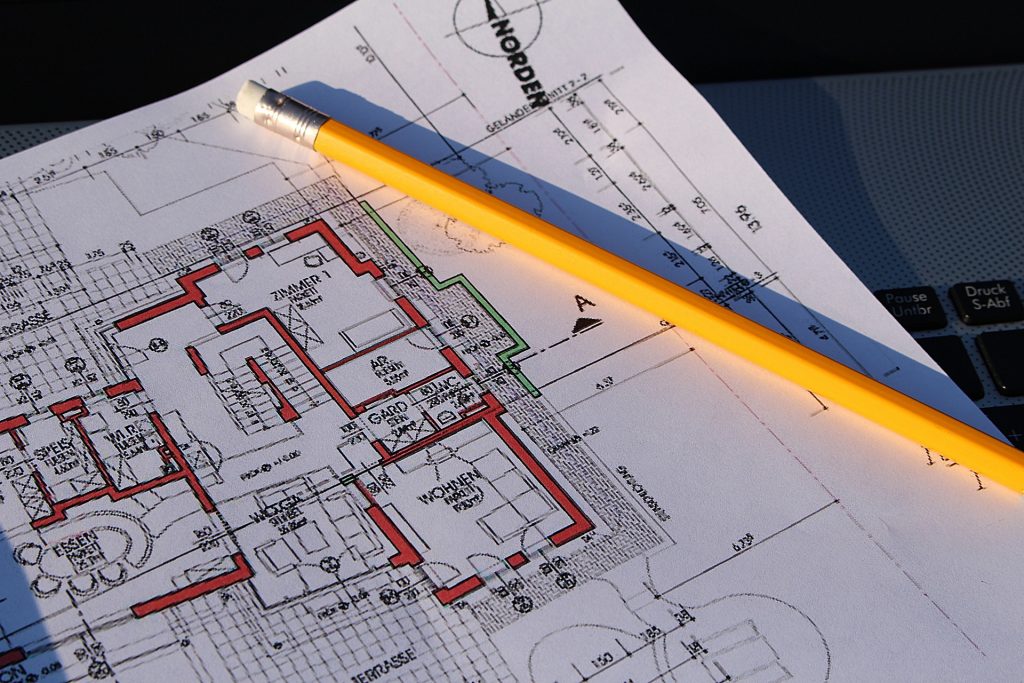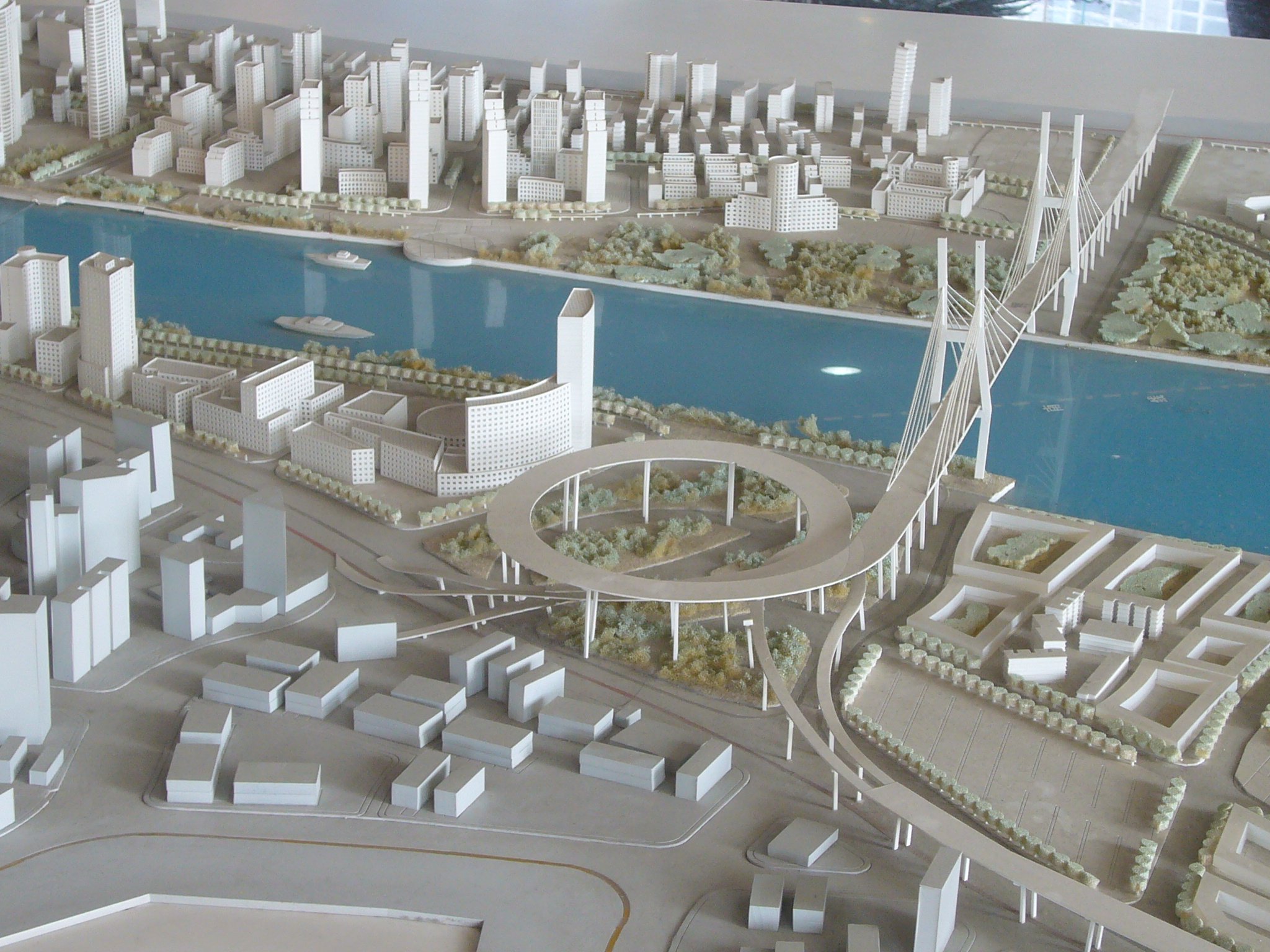Why do we need to classify buildings? How does it help us? Can’t we plan or construct the buildings without classifying them as a specific type? In this article, you will find the three main applications of building typology. You will understand its importance and why we use it in building construction industry?
Building typology helps in planning or designing of buildings

Building planning or designing is a procedure where we divide an area of the site into different rooms such that:
- There is enough space for all the activities
- with optimum ventilation, illumination and other features.
In the first point, I have mentioned that as a planner, you need to allocate enough space for different activities. So, you need to know the activities performed in a particular type of building. Once, you know the activities you will then get to know about the space required for each activity.
To research and come up with a new list of activities for every new building is not a good idea because:
- It increases the time for creating a plan
- And It has a great risk of failure as it has not been tested.
Hence, architects and engineers have documented and grouped the similar types of buildings with specific names as residential, educational, mercantile etc. Over time the requirements of different buildings, the optimum dimensions for different rooms and other essential information are noted and revised. So, building typology has made it possible to work quickly by following the suggestions documented from the past experiences.
Building typology is useful in Town planning

Building typology has also greater application in town planning. The identification of types of buildings has allowed a town planner to decide that the main government buildings and hospitals will be at the centre of town, easily accessible to everyone. And the areas for shopping (mercantile buildings) and other recreational activities (Assembly halls and parks) will be placed in a manner that they would least affect the residential area with there noise.
Building typology has made it easy to divide the city into different zones(Use Zoning). Zoning has further helped to calculate and design the roads, water supply, sewage system and other facilities.
Building typology gives valuable information on each type of building
Many Building types have emerged due to a specific change in conditions of an area. The background story behind the emergence of the new type of buildings will help us to know more about their application and to decide whether they will remain advantageous even after the conditions have changed or not.
For example, in India, the growth of row type houses in Mumbai called chawls have increased due to rapid urbanization in the early 19’s but, now people are moving to apartments due to change in lifestyle and cost of living
